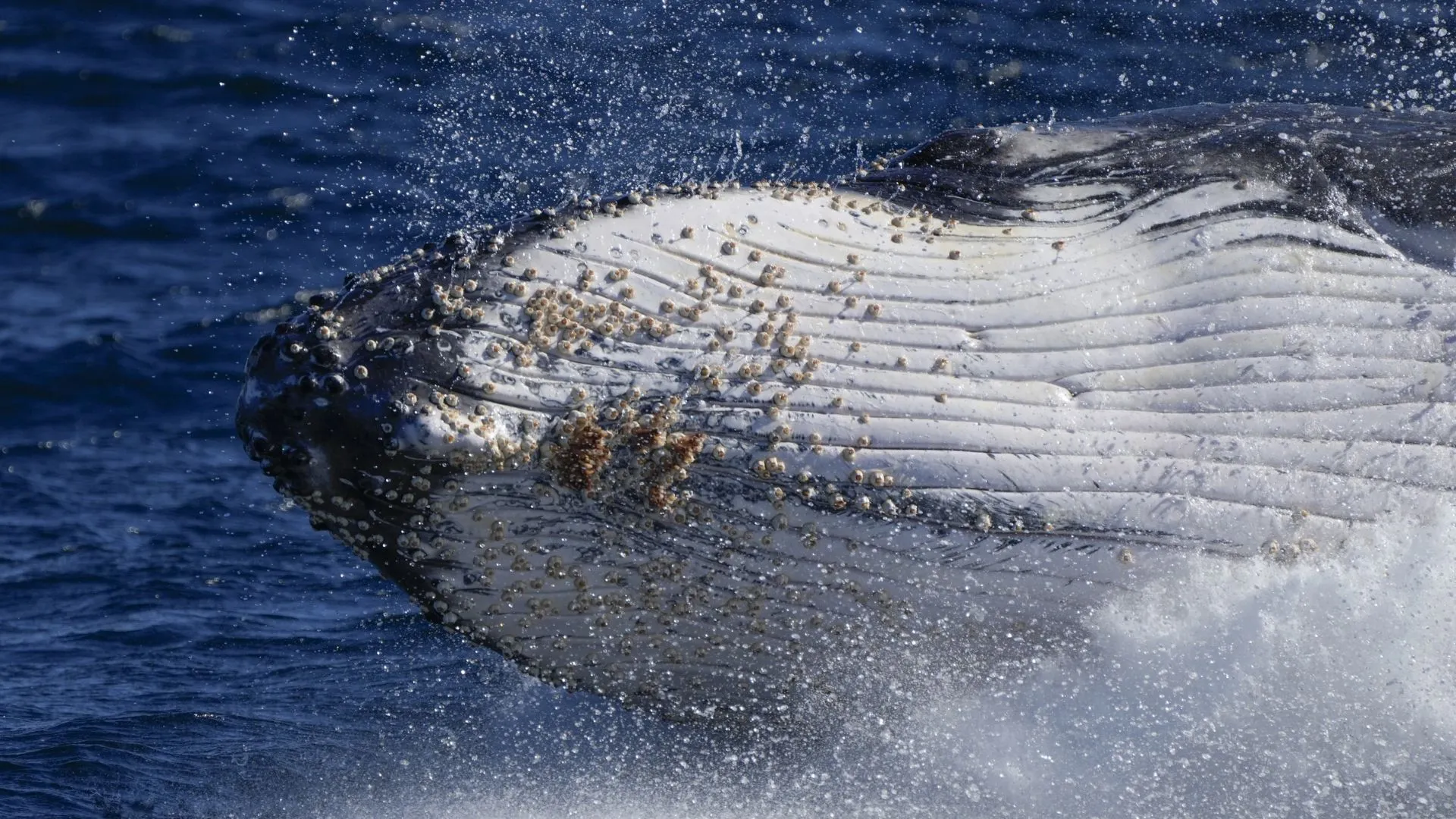A ferry in Sydney stopped unexpectedly this month. The reason wasn’t normal traffic—it was humpback whales. As the giant mammals surfaced near the vessel, surprised commuters watched in amazement. Interestingly, the whales seemed just as curious.
Winter Marks the Whale Season
Every year in June and July, whales pass through Sydney’s waters. These months open the “humpback highway,” a well-known migration path. Nearly 40,000 humpbacks travel north from Antarctica to Queensland, where they breed. “It’s blubber to blubber,” said Dr. Vanessa Pirotta, wildlife scientist at Macquarie University and author of Humpback Highway.
Sydney Offers Whale Views
During this migration, Sydney’s 5.5 million residents often spot whales. Many see them while walking, getting coffee, or waiting at a bus stop—anywhere with a view of the ocean.
Whales Stay Close to Shore
These whales are hard to miss. Adults grow up to 17 meters (56 feet) and weigh around 40 tonnes. They swim near the coastline during their 10,000-kilometer journey. “They are incredibly curious,” said Pirotta. “There’s been times where there’s been whales in the harbor this year where they’ve literally halted traffic.”
Some Whales Are Local Celebrities
Australians have even named their favorite whales. Migaloo, a rare all-white humpback, was spotted from 1991 to 2020. Another, Blade Runner, became famous for scars caused by a boat propeller.
Whale Watching Boats See Close Encounters
Further north, whale watchers in Port Stephens get unforgettable moments. Ben Armstrong, a long-time skipper, slowed his boat one morning when two whales breached nearby. He told passengers to enjoy the view without their phones. Although Armstrong follows legal distance rules, whales often don’t. One time, four to five whales circled his boat and wouldn’t let it move for nearly an hour. On another trip, a whale swam straight toward the boat. “Like a dog greeting its master at the gate,” said Armstrong.
The whale rubbed its fins on the boat for 40 minutes. “It was like, ‘Oh, there’s that boat I really like,’” he added.
Tourists Are Amazed by the Sight
Vincent Kelly traveled from Geelong, Victoria, to see the whales. During his two-hour trip, he saw at least six humpbacks leap out of the water. “It was unbelievable to me,” said Kelly. “I didn’t expect to actually see a whale. But they were everywhere.”
A Sign of Whale Recovery
These crowded sightings show how far humpbacks have come. Decades ago, people hunted them for meat and oil. Their numbers dropped to a few hundred. But in 1963, they became protected in the Southern Hemisphere.
Since then, their population has grown to about 40,000.
Growth Comes With New Risks
However, more whales also bring new challenges. They now face net entanglements and collisions with boats more often. Additionally, their behavior has changed. Some now give birth in unusual areas. Climate change and krill harvesting may be affecting their routes. According to Pirotta, scientists are studying how humans and whales can safely share the coast.
Nature Brings Perspective
Even with risks, the presence of whales offers rare joy. For many Australians, a whale sighting may be just a short walk—and some luck—away. “It grounds you, I think,” said Armstrong. “It makes you realize there’s a lot more out there than what we think there is in nature.”



















